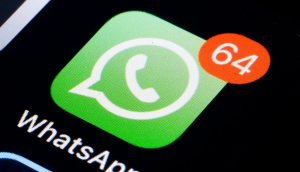
You could soon power wearable devices using just your body heat, without any external power supply or battery replacement. Researchers have developed a new concept of electrical energy storage Thermally Chargeable Solid-state Supercapacitor.
"This is the first time that it has been discovered that a solid-state polymer electrolyte can produce large thermally induced voltage," said Choongho Yu, professor at Texas A&M University. "The voltage can then be used to initiate an electrochemical reaction in electrodes for charging."
The supercapacitor works by converting thermal energy into electrical energy and then storing it in the device.For example, human body heat, or any heat dissipating objects that create temperature differences from their surroundings can be used to charge the capacitor.
The supercapacitor is also flexible in that it can be used as a power supply for wearable electronics and can be integrated into wireless data transmission systems to operate internet of things (IoT) sensors. IoT is a concept of connecting various devices and sensors for data communication and exchange.
Yu employed a physical phenomenon known as the Soret effect -using a solid-state polymer electrolyte, in which a temperature gradient along the supercapacitor moves the ions from the hot side to the cold side generating high thermally induced voltage. Belt-type device to help treat diabetes.
Scientists from Japan's Kumamoto University have developed a wearable device that may help treat type 2 diabetes. The device can effect visceral fat loss and improve blood glucose. The belt-type device uses a special type of rubber to transmit mild electrical stimulation with heat shock that activates HSP72, the main protein of heat shock response, which improves glucose-related abnormalities.
--PTI
First published: 15 November 2016, 11:49 IST






![BJP's Kapil Mishra recreates Shankar Mahadevan’s ‘Breathless’ song to highlight Delhi pollution [WATCH] BJP's Kapil Mishra recreates Shankar Mahadevan’s ‘Breathless’ song to highlight Delhi pollution [WATCH]](https://images.catchnews.com/upload/2022/11/03/kapil-mishra_240884_300x172.png)

![Anupam Kher shares pictures of his toned body on 67th birthday [MUST SEE] Anupam Kher shares pictures of his toned body on 67th birthday [MUST SEE]](https://images.catchnews.com/upload/2022/03/07/Anupam_kher_231145_300x172.jpg)






